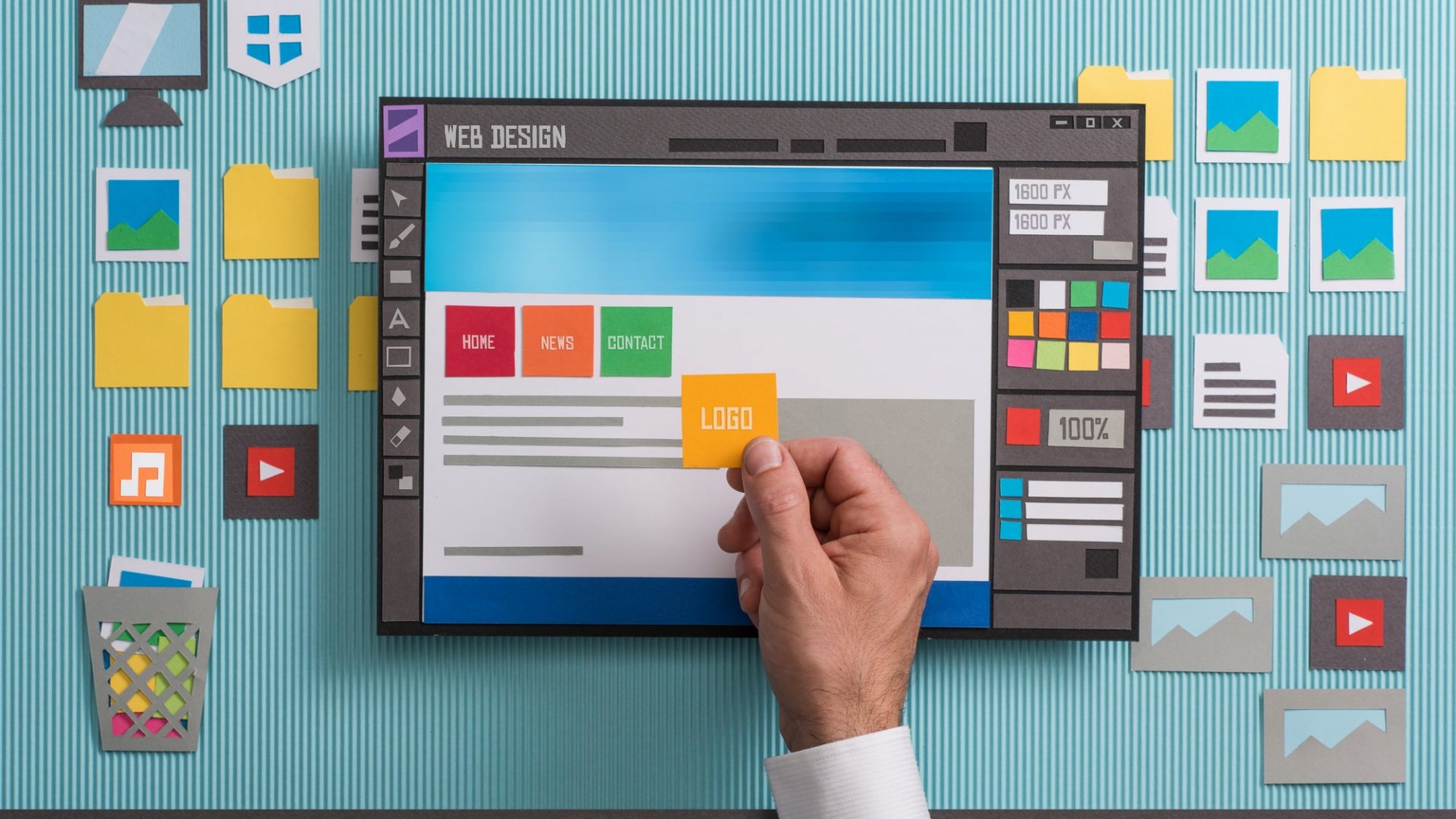Why Individual Experience Matters in Producing a Winning Web Design
A Comprehensive Guide to Crafting Visually Appealing and Functionally Robust Website Design Solutions
A detailed comprehension of foundational design principles, along with an eager emphasis on individual experience, can significantly improve the effectiveness of web services. By leveraging elements such as color concept and receptive layouts, developers are outfitted to develop not just aesthetically pleasing user interfaces yet additionally ones that promote user interaction.
Understanding Layout Principles
Recognizing design principles is fundamental to producing reliable internet options that involve individuals and communicate messages plainly. These concepts offer as the structure for any type of effective design project, guiding the aesthetic and practical elements of an internet site. Secret style principles consist of equilibrium, comparison, alignment, repetition, and closeness, each playing a vital role in developing a natural and visually pleasing format.
Comparison boosts readability and draws attention to essential attributes, allowing customers to navigate the content effortlessly. Rep strengthens a constant visual language, strengthening brand name identification and enhancing individual experience with the interface.
Value of Customer Experience
User experience (UX) is vital in web layout, as it directly influences exactly how site visitors communicate with a website and regard its worth. A properly designed website not only attracts users however likewise keeps them involved, inevitably resulting in greater conversion rates and customer contentment. UX includes various elements, including functionality, ease of access, and the overall visual appeal of the website.

Additionally, favorable user experiences foster brand commitment and motivate repeat sees. On the other hand, an inadequate UX can damage a brand name's credibility and discourage possible consumers. Investing in UX design is not just a visual factor to consider; it is a tactical approach that can significantly influence a company's bottom line. Ultimately, focusing on user experience in website design is crucial for producing practical, engaging, and effective websites that fulfill the needs of modern users.
Color Theory in Website Design
Shade theory plays a crucial function in web layout, affecting not only the visual allure of a website yet also the emotional feedbacks of its users. Comprehending shade characteristics is necessary for developing an efficient customer experience. Colors can evoke specific feelings; for instance, blue typically communicates trust and expertise, while red can instill exhilaration or seriousness.
When picking a color combination, developers ought to consider harmony and contrast. Complementary shades can create vibrancy, while analogous colors use a more calm feel. Making use of tools like color wheels can assist in identifying efficient shade combinations. Additionally, availability needs to be prioritized; making sure adequate comparison between text and background shades is essential for readability.
Additionally, social context plays a significant function in shade analysis. For instance, while white indicates pureness in Western cultures, it might stand for mourning in some Eastern societies - web design. A detailed understanding of the target market is important when applying shade theory.
Including shade psychology into website design not only boosts aesthetic allure yet likewise affects customer actions, directing them towards desired activities. Ultimately, a well-thought-out color method can dramatically raise the general effect of a web site.
Responsive and Adaptive Layouts
Along with color theory, the framework and design of have a peek at this site a website dramatically impact individual experience and involvement. web design. Responsive and flexible formats are necessary methods for making sure that web sites work efficiently throughout a plethora of gadgets and screen dimensions
Responsive design employs liquid grids and adaptable images, permitting the design to change flawlessly according to the viewport measurements. This approach ensures a constant user experience, as material reflows and resizes, preserving accessibility whether watched on a smart device, tablet computer, or desktop. Media questions play an essential duty in receptive style by applying various styles based on the device's characteristics.

Both methodologies aim to improve individual experience by prioritizing use and access. Choosing in between responsive and adaptive layouts mostly depends on project needs, target audience, and wanted user interactions, eventually contributing to the performance of website design services.
Testing and Optimization Techniques
Checking and optimization methods are vital elements of effective website design, guaranteeing that sites not just fulfill individual assumptions however additionally do successfully throughout numerous systems. These approaches incorporate a series of methods focused on examining functionality, performance, and total efficiency.
A/B screening is a fundamental method, permitting developers to contrast two versions of a websites to figure out which carries out better in terms of user engagement and conversion rates. Customer screening is equally crucial; it entails collecting comments from actual individuals to recognize discomfort factors and locations for renovation. This qualitative data can assist style changes that improve individual experience.
In addition, performance optimization strategies such as image compression, code minification, and leveraging web browser caching can considerably enhance see page tons times and responsiveness. Devices like Google PageSpeed Insights and GTmetrix provide useful metrics for examining web site efficiency, allowing developers to make data-driven decisions.
Final Thought
Responsive formats add to a seamless Resources customer experience throughout gadgets, even more advertising engagement. Ultimately, the application of these approaches not only elevates individual satisfaction yet additionally drives conversion rates, solidifying the importance of a thorough layout structure.